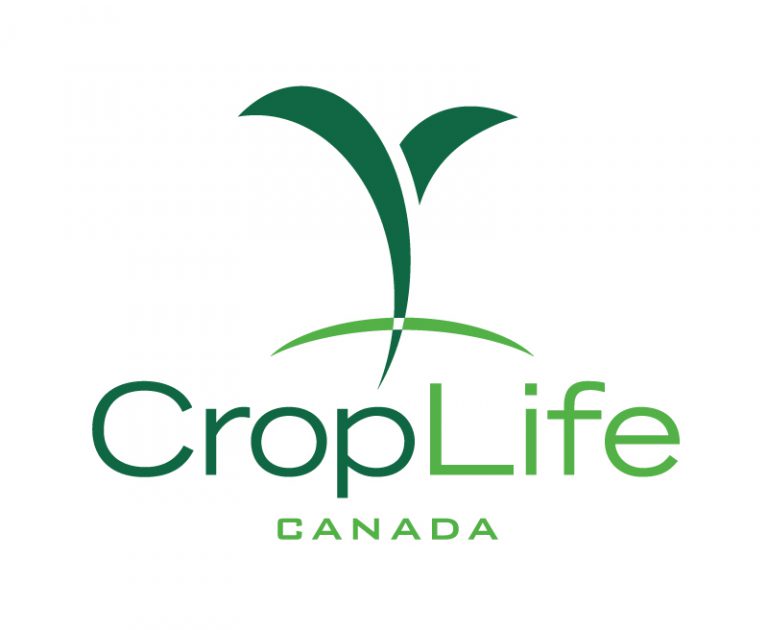
BT CORN 101
Almost 90 percent of the corn grown in Canada has been genetically engineered to resist pest insects.1 These transgenic crops are created using genes made by Bacillus thuringiensis (Bt), a common soil bacterium that produces proteins which are toxic to some insect pests. Bt corn, as it is commonly known, produces proteins that target very specific pests.
Bt corn hybrids have proven to be very effective to protect yield and quality loss from European corn borer (ECB) and corn rootworm (CRW). The use of Bt corn has also resulted in less insecticide use for control of these target pests which is good for natural populations of beneficial organisms.
HOW DOES BT WORK?
When the pest feeds on the Bt plant, the Bt proteins bind to receptors in the insect’s gut, causing the gut wall to break down and rupture. The Bt proteins produced in these corn products are lethal to the larva stage of specific moths (Lepidoptera) and beetles (Coleoptera). Within hours, the larva stops feeding and death occurs within 24 to 48 hours.
The proteins must bind to specific receptors in the insect’s gut to work. Mammals, including humans, do not have these receptors and are unaffected.
NOT ALL BT TRAITS WORK ON ALL PESTS
There are several strains of Bt, each producing different insecticidal proteins, such as crystal proteins (Cry) and vegetative insecticidal proteins (Vip). Different Bt proteins or toxins work against different insect pests.
Due to the complexity of available traits and the fact that certain proteins are only effective on certain pest species, it is important to understand the circumstances under which specific Bt traits are needed. Be aware of past performance of traits, current or expected pest pressures for each field, and previous crop rotations to make better Bt trait decisions.
Be aware of past performance of traits, current or expected pest pressures for each field, and previous crop rotations to make better Bt trait decisions.
The table below list the various Bt genes that exist in Bt hybrids today along with their primary targeted pests.

STACKED HYBRIDS VS. PYRAMID HYBRIDS
Each trait is targeted to specific pests using different modes of action (MOA) whenever possible. Insects are less likely to develop resistance to multiple MOAs compared to a single MOA because it is much harder to evolve resistance to two or more Bt traits at the same time. Bt corn hybrids can contain different combinations of MOAs or traits.
Many products today are stacked with multiple traits (could be targeted at insects, herbicides or other traits). Any hybrid that has multiple traits can be referred to as a “stacked hybrid.”
The term “pyramid hybrid” is reserved for products that contain multiple traits which target just one pest, i.e. the product has multiple modes of action per pest. For example, a hybrid that contains Cry1F and Cry1Ab which both target ECB would be considered a pyramid. Typically, pyramided hybrids can be sold with reduced refuge requirements with the refuge mixed into the bag for automatic refuge compliance.
A list of Bt Corn Products/Traits Currently Available in Canada is available at cornpest.ca. This table also lists the percentage of a susceptible (refuge) corn hybrid that is needed.
MOA = Mode of Action or the way the trait kills the pest. Different traits/genes have different MOAs.
You can help delay the development of pest resistance by using products with multiple MOAs (Bt traits) that work independently against a target pest. These products are also known as pyramid products. For example, Cry1F and Cry1Ab target ECB.
1 iFusion Research Bt Corn Insect Resistance Management Study, Survey of Bt Corn Growers – August/September 2019
 This information is brought to you by CropLife Canada and the Canadian Corn Pest Coalition.
This information is brought to you by CropLife Canada and the Canadian Corn Pest Coalition.

 Print this page
Print this page